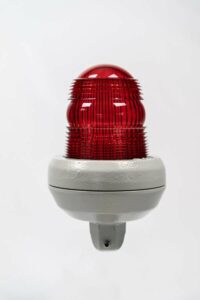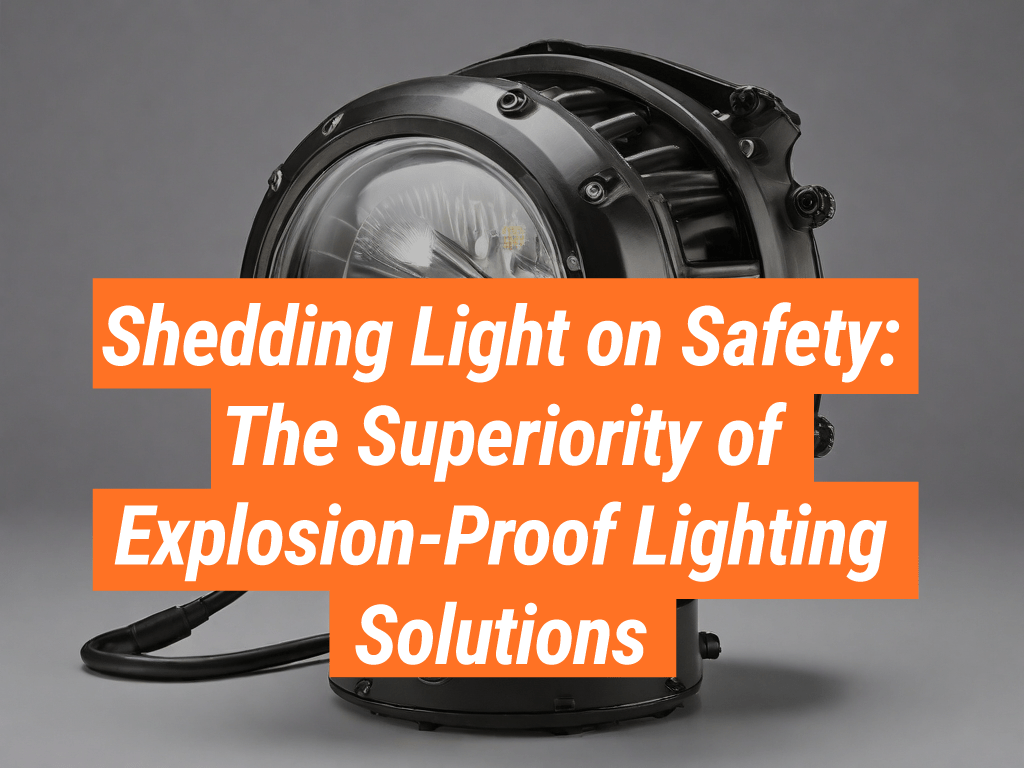In today’s fast-paced industrial world, ensuring workplace safety in hazardous environments is not just important; it’s paramount. Among the myriad safety measures available, the choice of lighting emerges as a critical decision point. Explosion-proof lighting, in contrast to conventional lighting, offers unmatched advantages that firmly position it as the preferred choice for enhancing safety and efficiency in these critical areas. This blog post delves into the superiority of explosion-proof lighting, highlighting its numerous benefits and firmly establishing it as the go-to solution in potentially explosive atmospheres. To start exploring our range of explosion-proof lighting options that adhere to the highest safety standards, visit Intrinsically Safe Store today.
Unparalleled Safety
First and foremost, the primary advantage of explosion-proof lighting is its exceptional safety features. It ingeniously contains sparks and prevents them from igniting flammable gases, dust, or vapors in the surrounding environment, significantly reducing the risk of catastrophic explosions. Unlike conventional lighting, which can easily become a source of ignition in hazardous areas, engineers meticulously design explosion-proof fixtures to operate safely, even under the most volatile conditions. Consequently, this inherent safety characteristic underlines the crucial role of explosion-proof lighting in maintaining a secure working environment.
Durability and Reliability
Furthermore, when operating in harsh and hazardous environments, the importance of durability and reliability cannot be overstated. Explosion-proof lighting is specifically built to withstand extreme conditions, from scorching high temperatures to corrosive substances. Manufacturers select robust materials and apply protective coatings to extend the lifespan of these fixtures, ensuring they perform reliably over time. Conversely, conventional lighting may falter prematurely under similar conditions, leading to increased maintenance costs and potential safety hazards. Therefore, the durability and reliability of explosion-proof lighting not only ensure continuous operation but also provide peace of mind, knowing that the lighting solution is resilient and long-lasting.
Cost-Effectiveness
Moreover, although the initial investment in this specialized lighting might appear higher than that of conventional lighting, the long-term savings are undeniably significant. The reduced need for frequent replacements and repairs, thanks to its durable design, translates into lower operational costs. Additionally, the enhanced safety features of such lighting can avert costly accidents and downtime, further cementing its cost-effectiveness. Thus, investing in this lighting solution presents a smart balance between upfront costs and substantial long-term savings, making it a financially wise decision.
Regulatory Compliance
Additionally, navigating the complex landscape of safety regulations and standards is a daunting challenge for any business operating in hazardous environments. Explosion-proof lighting meets the stringent safety standards and certifications required in such settings, ensuring compliance with regulatory bodies. This compliance is not merely about adhering to legal requirements; it prioritizes worker safety and protects the business from potential liabilities. In contrast, conventional lighting, lacking these certifications, exposes businesses to the risk of non-compliance, emphasizing the critical importance of opting for explosion-proof solutions.
Enhanced Work Efficiency
Moreover, beyond safety and compliance, explosion-proof lighting significantly enhances work efficiency. High-quality, reliable lighting improves visibility in hazardous areas, enabling workers to perform their tasks more effectively and safely. Importantly, the psychological impact of a well-lit environment should not be underestimated; it can dramatically boost morale and productivity. In comparison, conventional lighting might not provide adequate illumination or could fail in demanding conditions, thus hindering work efficiency and compromising safety.



























